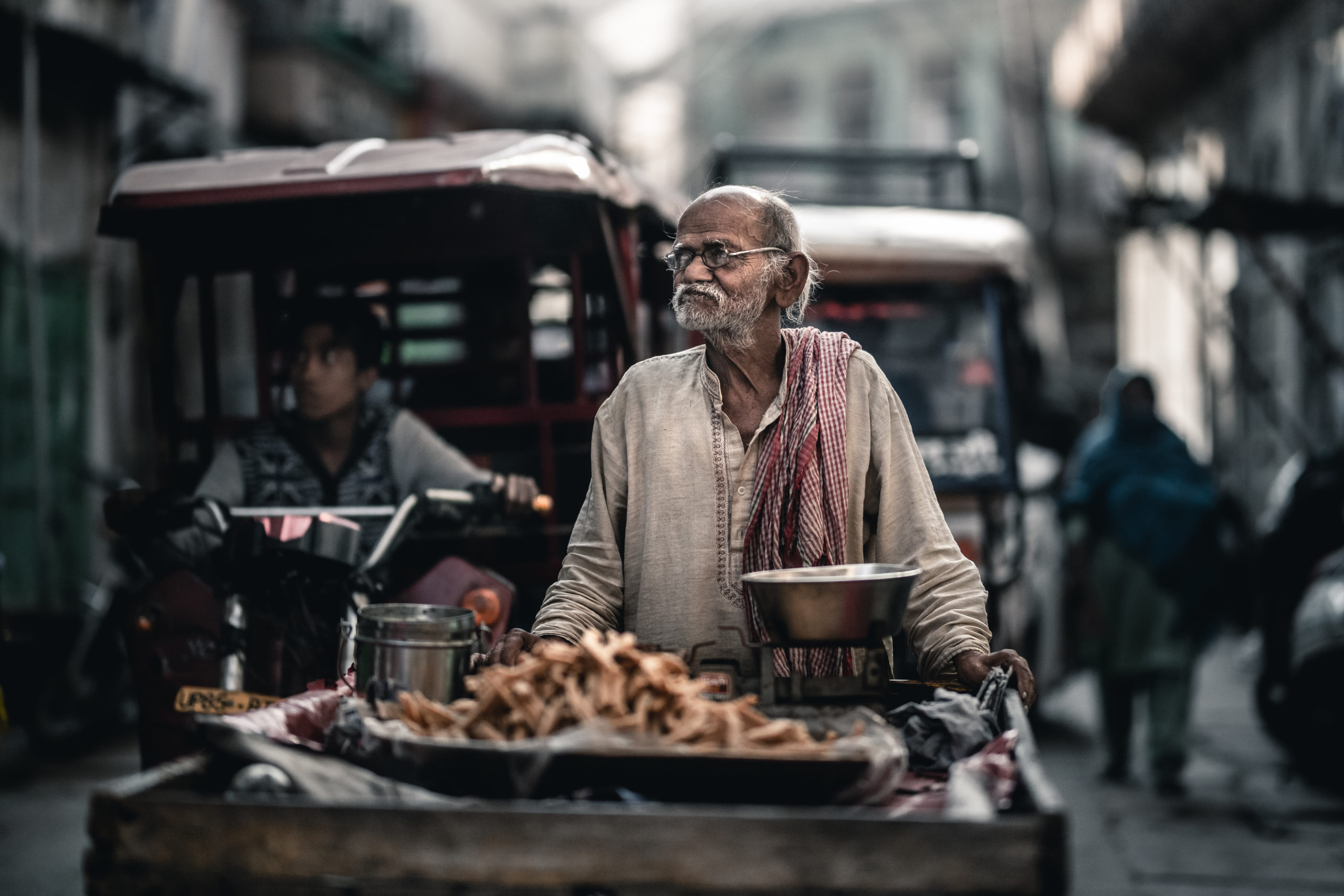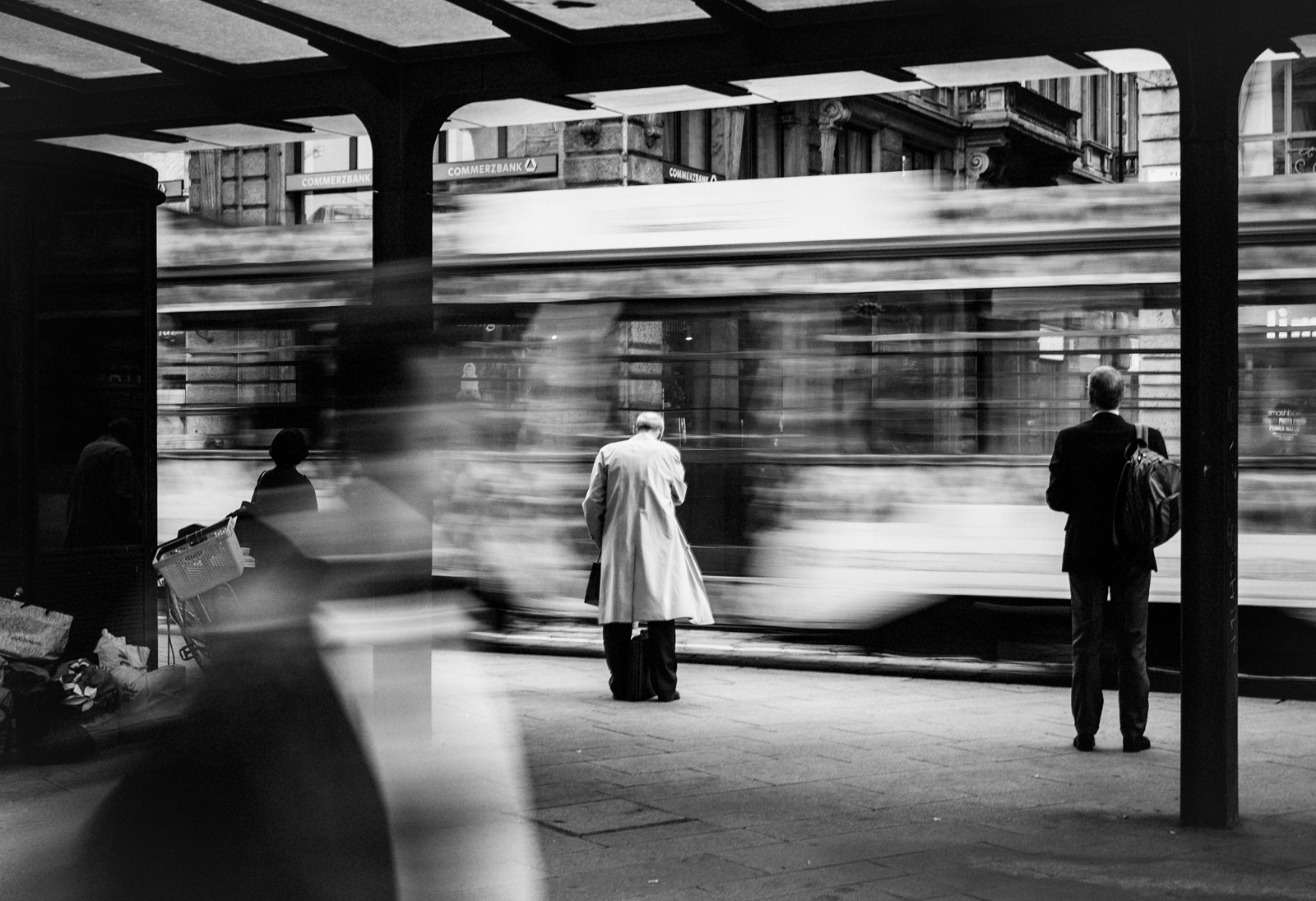The 9-Minute Rule for Street Photographers
Table of ContentsStreet Photographers Fundamentals ExplainedStreet Photographers Fundamentals ExplainedThe Single Strategy To Use For Street PhotographersNot known Details About Street Photographers 9 Simple Techniques For Street Photographers
, a category of photography that records day-to-day life in a public location. The actual publicness of the setup enables the photographer to take honest photos of complete strangers, typically without their knowledge. Road photographers do not always have a social function in mind, but they choose to separate and capture minutes which may or else go undetected.Though he was influenced by most of those who influenced the road digital photographers of the 1950s and '60s, he was not chiefly curious about capturing the spirit of the road. The impulse to visually document individuals in public started with 19th-century painters such as Edgar Degas, douard Manet, and Henri de Toulouse-Lautrec, who worked side by side with digital photographers attempting to capture the essence of metropolitan life.
Because of the somewhat primitive modern technology available to him and the long direct exposure time called for, he battled to record the pressure of the Paris streets. He trying out a series of photographic techniques, trying to locate one that would certainly permit him to catch motion without a blur, and he discovered some success with the calotype, patented in 1841 by William Henry Fox Talbot. As opposed to Atget, photographer Charles Marville was employed by the city of Paris to create an encyclopaedic file of Haussmann's metropolitan planning job as it unfolded, therefore old and brand-new Paris. While the professional photographers' subject was essentially the exact same, the outcomes were markedly different, demonstrating the effect of the professional photographer's intent on the personality of the photos he generated.
Getting The Street Photographers To Work
Provided the great top quality of his pictures and the breadth of material, designers and musicians typically got Atget's prints to use as recommendation for their very own work, though industrial passions were hardly his primary inspiration. Instead, he was driven to photo every last residue of the Paris he enjoyed.

Unlike his peers, Brassa utilized a larger-format Voigtlnder video camera with a much longer exposure time, requiring him to be a lot more calculated and thoughtful in his technique than he might have been if utilizing a Leica. (It is thought that he may not have actually been able to manage a Leica at that time, read the article yet he did, however, make use of one in the late 1950s Go Here to take colour pictures.) Brassa's pictures of the Paris underworld brightened by artificial light were a discovery, and the collection of the series that he published, (1933 ), was a significant success.

Street Photographers - An Overview
It is because of this essential understanding of the art of photo taking that he is typically credited with uncovering the tool around once more approximately a century given that its innovation. He took photos for more than a half century and affected generations of photographers to trust their eye and intuition in the moment.
These are the questions I will attempt to answer: And afterwards I'll leave you with my own definition of street digital photography. Yes, we do. Allow's start with defining what an interpretation is: According to it is: "The act of specifying, or of making something precise, distinctive, or clear".
No, most definitely not. The term is both limiting and misinforming. Appears like a road photography need to be images of a roads appropriate?! And all road digital photographers, other than for a tiny number of outright novices, will totally value that a street is not the key component to road digital photography, and in fact if it's a photo of a road with perhaps a few dull individuals doing try here nothing of interest, that's not road digital photography that's a photo of a road.
5 Simple Techniques For Street Photographers
He makes a valid factor don't you think? While I concur with him I'm not certain "candid public digital photography" will certainly catch on (although I do kind of like the term "candid digital photography") since "road photography" has actually been around for a long time, with lots of masters' names attached to it, so I think the term is here to remain. Street Photographers.
You can fire at the beach, at a festival, in a street, in a park, in a piazza, in a cafe, at a gallery or art gallery, in a metro terminal, at an occasion, on a bridge, under a bridge ...
The Basic Principles Of Street Photographers
Yes, I'm afraid we have no choice! Without guidelines we can not have an interpretation, and without an interpretation we don't have a style, and without a style we don't have anything to define what we do, and so we are stuck in a "regulations definition category" loop! - Street Photographers

Comments on “Rumored Buzz on Street Photographers”